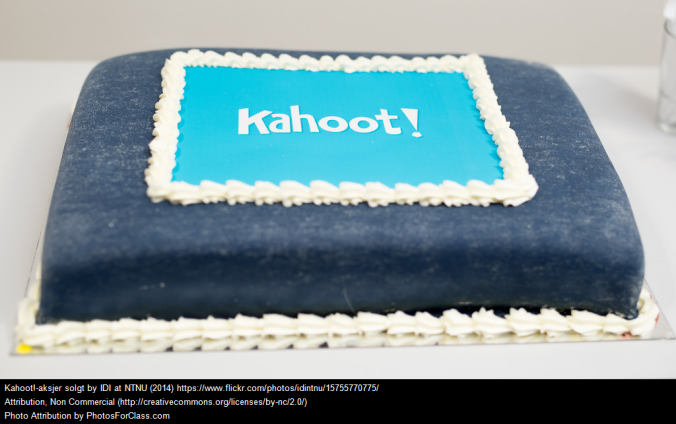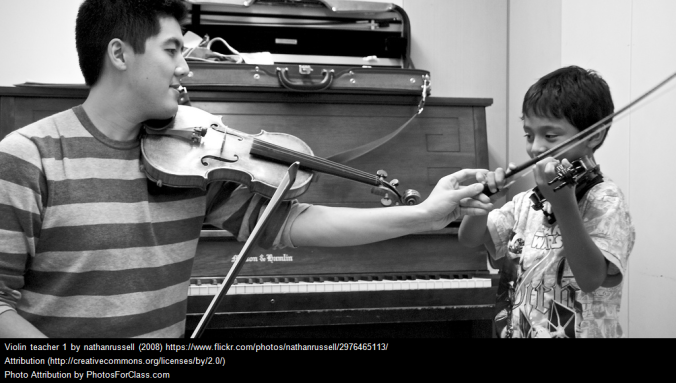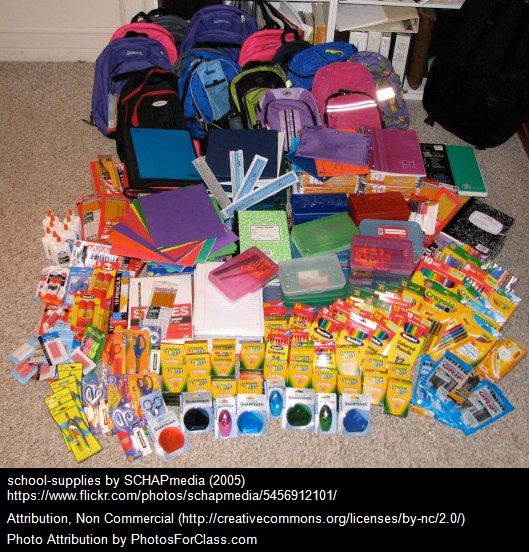
I love this quote. I think the final sentence, “Literacy is an essential tool for personal growth and active participation in a democratic society, ” pretty much says it all. So, as a fourth grade teacher, it’s imperative that I allow my students to use critical thinking skills to make informed decisions about their own lives. Yes, I said my fourth grade students.
Flashback several years. The district in which I worked annually sent third grade students to the circus for a field trip. This had been going on for about 40 years. The year my students were supposed to attend, there was a snowstorm and the trip was cancelled. When those students entered 4th grade, our team decided to continue with our scheduled trips and forego the circus. No big deal, right? Little did we know what a huge deal it would be.
As I began to plan our persuasive writing unit, I decided to pick something more relevant than school uniforms or year long school; I chose circuses. The class researched circuses. We looked at circus websites, animal activist websites, videos, etc. We explored what bias was and learned about counterarguments. After considering the pros and cons of going to the circus, students were required to take a stance, back it up with evidence, and list a call to action. After their research, each student in my class decided circuses were not something they wanted to support.
Now, from my proud teacher point of view, these essays were nothing short of brilliant. Students’ passions and voices were emphatic and direct. Why? Because they had done the research. They knew about the local circus. They had made up their own minds.
About a month after this writing project, the circus came to town. A few days before the current year’s third graders were to attend, a parental barrage stormed Facebook. Why wasn’t 4th grade going? Why weren’t their children attending the circus? My goodness, we’d been sending kids to the circus for over 40 years! Why stop now?
As it so happened, fourth grade was required to attend. Students who did not want to go had the options of remaining in the media center all day, staying home, or going on the trip. Needless to say, many students ended up going to something they did not want to see. One brave student, who will forever be my hero, did stay in the library all day long. Four other students stayed home and were counted absent. I heard later that several of my young activists stood up yelling “bull hook, bull hook” when the elephants were marched out and prodded with bull hooks.
I remember when I was in 3rd grade in the same district. I remember going to the circus and just being so worried that the trapeze artists would fall to their deaths. And me? What did I do that day, almost 40 years after I had attended as a student? I boycotted the circus. I took a personal day.
This was an excruciating decision. I angered parents of students not in my class. I even angered some of my own peers. But, isn’t it most vital in education that are we are teaching students to think? We are teaching them to look at all sides of an issue and then make an informed decision in their own lives. The status quo just isn’t good enough. If we don’t allow students to think for themselves, what really are we teaching them? Shouldn’t a ten year old’s stand on something in his/her life matter?
Just because something has “always been done this way,” or in this case, for the last 40 years, does not mean it’s the best thing to do today. If we want to change this world for the better, teachers need to have the courage to help change it. Stand up for what is right, even if you have to buck the system. Help kids learn to think critically, evaluate information, and make informed decisions. And then, most importantly, allow them to act on those decisions. THAT is literacy! THAT is the goal of education.
P.S. About 2 weeks after our local circus was held, the Barnum & Bailey Circus announced on CNN that they were phasing out elephant acts in their shows. My class cheered when I showed them the video! Kids are pretty smart. We should ask them what they want or think, and trust their decisions.







